What is the purpose of grounding the chemical plant instrumentation and control system? The first is to protect personal safety and the safe operation of electrical equipment; the second is for the transmission and anti-interference of the instrument signal. “Ground is the low impedance path where current returns to its sourceâ€. After instrumentation is installed, proper grounding allows the automation and control system to reduce unnecessary faults and errors. So, what are the grounding of the field instruments?

Common field instrument grounding examples in chemical plants
Flowmeter grounding
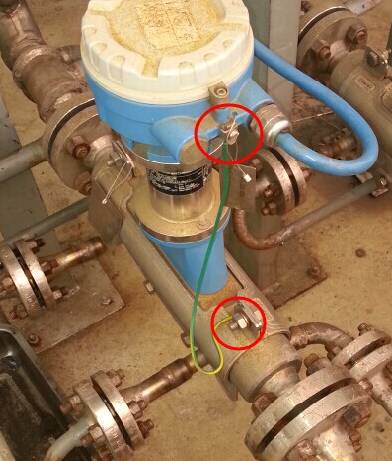
Transmitter and RTD ground
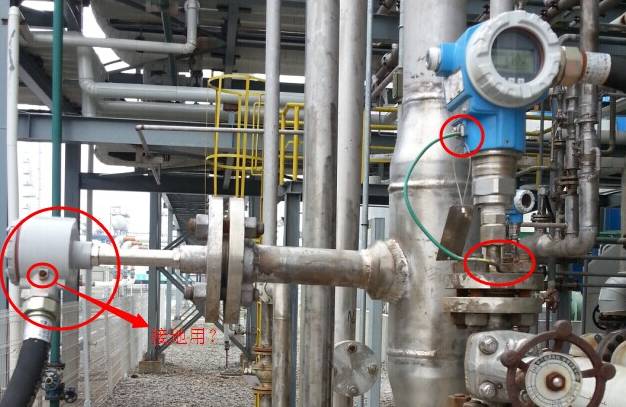
Transmitter ground
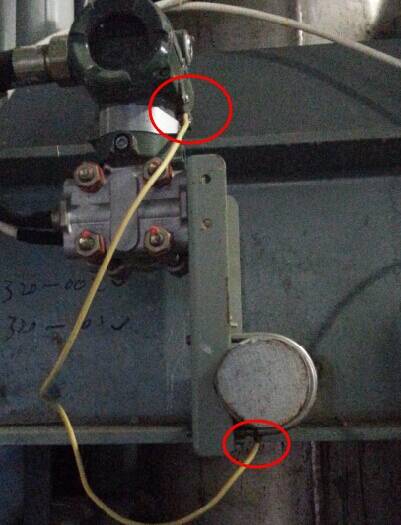
Pressure transmitter ground
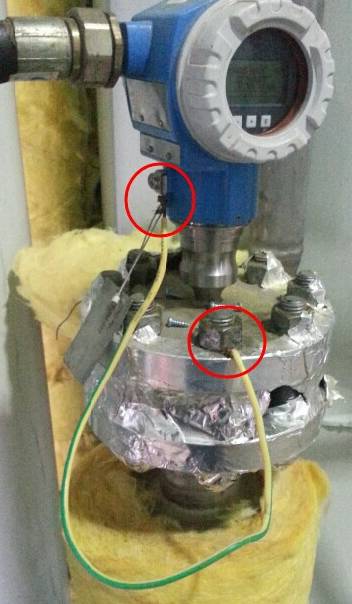
Remote level gauge grounding
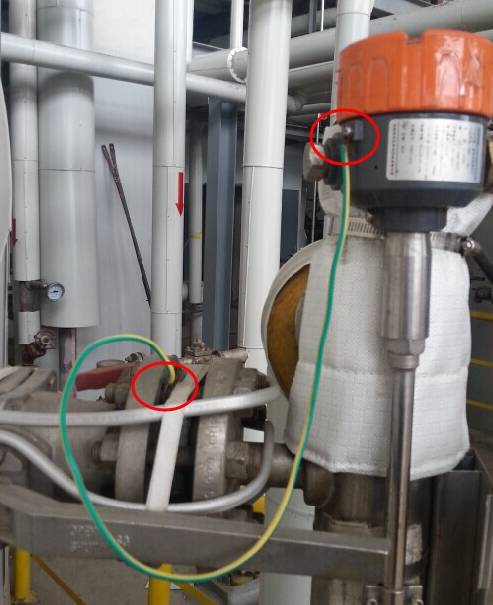
Flowmeter grounding

Electromagnetic flowmeter grounding
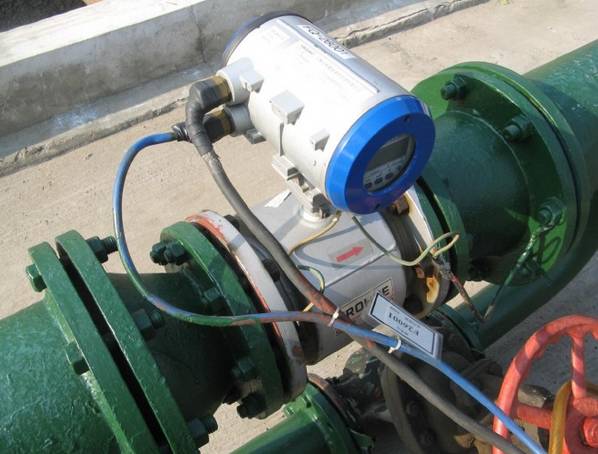
Instrument grounding classification
The instrument grounding classification includes protective grounding, working grounding, intrinsically safe system grounding, anti-static grounding, and lightning protection grounding.
Protective grounding
Also known as safety grounding, it is a grounding for personal safety and electrical equipment safety. The metal casings and self-control equipment of various electrical meters are normally exposed to metal parts. Due to the occurrence of abnormal phenomena (such as insulation damage), it may cause dangerous voltage. For such equipment, it should be implemented. Protective grounding. Protective earthing is to provide a path for dangerous voltages so that they do not pass through the human body.
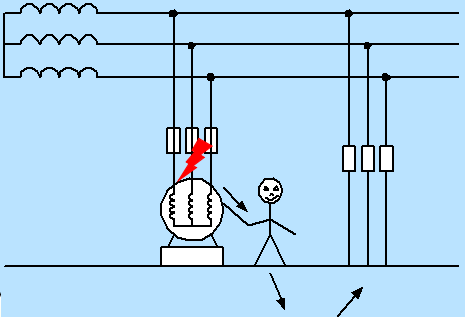
Precautions:
1. Enclosures for electrical measuring instruments, relays, and other low-voltage electrical appliances installed on power distribution panels, control panels, and power distribution units, and insulator metal bases that do not cause dangerous voltages on the support when insulation damage occurs. The metal part may not be grounded.
2. The metal casing of small low-voltage electrical appliances such as buttons, signal lights, relays, etc. installed on the metal dial of non-explosion-proof occasions can not only be used for protective grounding when it is in good electrical contact with the metal dial frame that has been protected and grounded.
3. Field instruments, transmitters, local switches, etc. that are lower than 36V power supply, no special grounding is required. However, it is possible to contact devices with voltages higher than 36V.
4. Self-control equipment that has been protected and grounded can be considered as electrostatic grounding. When using an anti-static raised floor in the control room, ground the static electricity. The electrostatic ground should be used in conjunction with the protective grounding system.
Shield ground
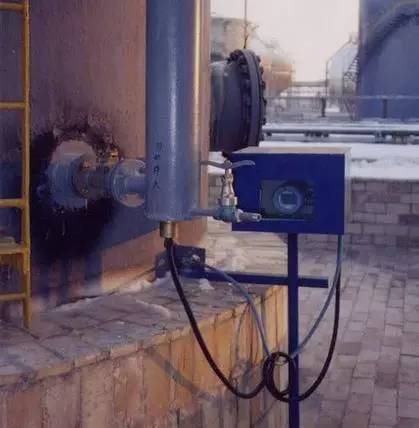
The function of shield grounding is to suppress capacitive coupling interference and reduce electromagnetic interference. The components used to reduce electromagnetic interference in the instrument system, such as the shielding layer of the cable, the drain wire, and the shield grounding terminal on the instrument, shall be shielded and grounded.
Shield grounding should meet the following requirements:
1 Components used in the instrument system to reduce electromagnetic jamming, such as the shield of the cable, the drain wire, and the shield grounding terminal on the instrument shall be shielded and grounded.
2 The spare core of the ordinary multi-core cable without overhead provided by the outdoor overhead should be grounded.
3 The shield of the shielded cable is grounded and the spare core can be ungrounded.
4 Multi-core cable spare core with protective tube can not be grounded.
Lightning protection grounding
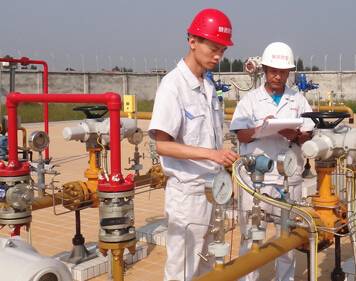
When the signal line of the instrument and control system enters the room from outside, if there is a power protector or other occasions where lightning protection grounding connection is required, lightning protection grounding connection should be implemented.
The lightning protection grounding of the instrument and control system shall be shared with the lightning protection grounding system of the electrical system, but the grounding device shall not be shared with the independent lightning protection device.
If there is no electrical professional lightning protection grounding system that can be shared, the design requirements should be submitted to the electrical professional, designed by electrical professional.
Lightning protection grounding connection:
The instrument cable trough and instrument cable protection tube enter the control room and should be connected to the electrical professional lightning protection grounding device.
The lightning protection device in the control room should be connected to the electrical professional lightning protection grounding device.
Where lightning protection grounding is required for the instrument cable protection tube and instrument cable armor layer, it should be connected to the electrical professional lightning protection induction grounding device.
The lightning protection device of the field instrument should be connected to the grounding device of the electric professional lightning protection induction.
The multi-core cable without shield layer shall be laid on the outdoor overhead of the lightning strike zone, and the spare core shall be connected to the shield grounding;
The spare core may not be grounded to the shielded cable whose shield is grounded or the cable laid in the steel pipe or laid in the metal cable trough.
Grounding knowledge question and answer
Ground connection diagram of the protective grounding summary board and the total grounding board
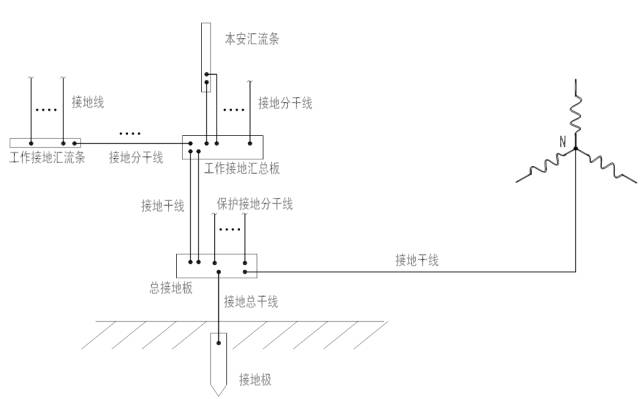
Why separate the analog ground from the digital ground?
The shield of the shielded cable must be connected to the interface ground of the board instead of the signal ground.
This is because there is various noise on the signal ground. If the shield is connected to the signal ground, the noise voltage will drive the common mode current to interfere outside the shield.
Therefore, poorly designed cable lines are generally the largest noise output source for electromagnetic interference.
Of course, the premise is that the ground is also very clean.
How is the signal on the board grounded?
For general devices, proximity to ground is best.
With a multi-layer board design with a complete ground plane, it is very easy to ground the general signal.
The basic principle is to ensure the continuity of the traces and reduce the number of vias.
Close to the ground plane or power plane, and so on.
How is the interface device of the board grounded?
Some boards have external input and output interfaces, such as serial port connectors, network port RJ45 connectors, etc. If the grounding of them is not well designed, it will affect normal operation. For example, the network port interconnection has errors and is lost. Packages, etc., and will become external sources of electromagnetic interference, sending out the noise inside the board.
Generally, a separate interface ground is separately separated, and the connection with the signal ground is connected by a thin trace, and a resistor of 0 ohm or small resistance can be serially connected.
Fine traces can be used to block signal ground noise from reaching the interface ground. Similarly, the filtering of the interface ground and interface power supply should also be carefully considered.
Instrument self-control lightning protection and grounding common problems
Outdoor transmitters have no built-in or external anti-surge modules;
The transmitter with surge module is not effectively grounded;
The grounding end of the anti-surge module is not grounded;
The armor layer of the cable is not grounded at both ends;
The shield of the cable is not grounded, or grounded at multiple points, or not electrically connected;
The grounding copper bar and cabinet door of the electrical cabinet are not grounded;
The cross-sectional area of ​​the copper conductor that connects the main grounding copper to the grounding grid in the control cabinet is too small.
Transmitter with built-in anti-surge module
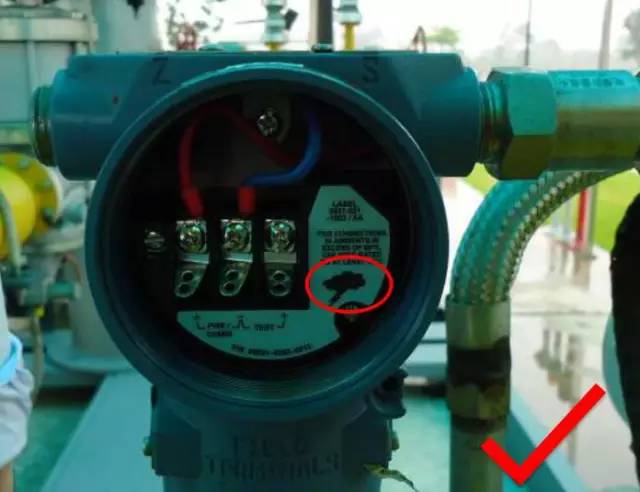
Transmitter with external anti-surge module
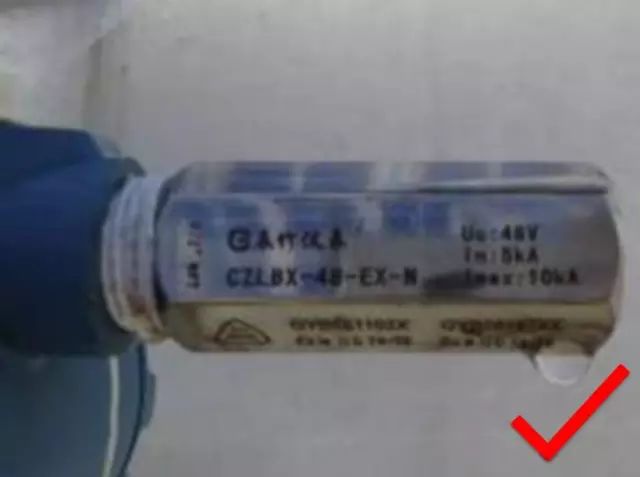
Transmitter with surge module is not effectively grounded
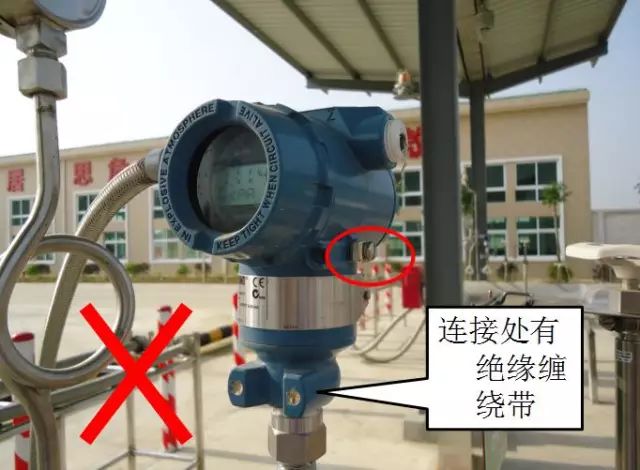
Cable armor layer, shield grounding
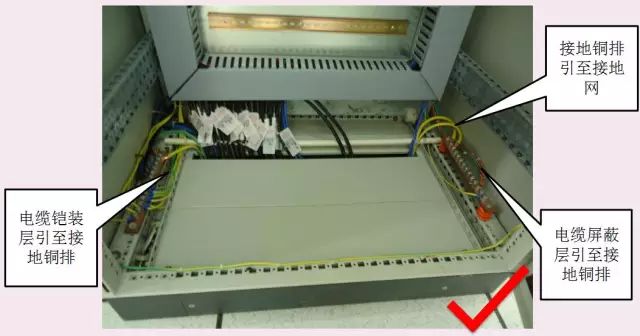
Cable armor layer, shield grounding
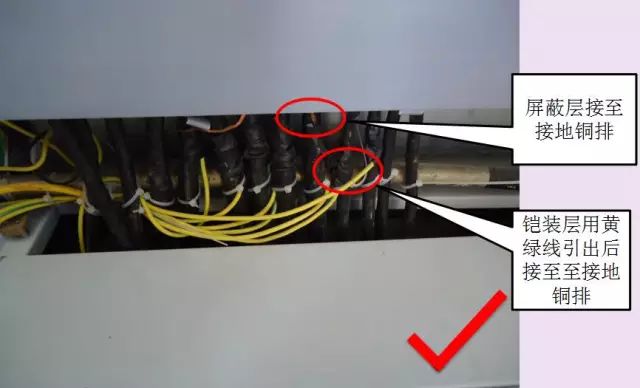
Grounding copper bar, cabinet door grounding

Grounding copper busbar
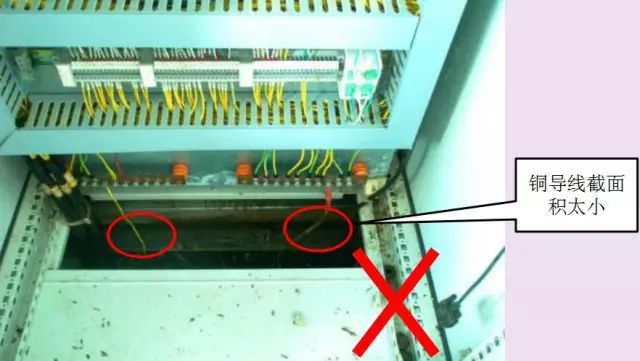
Anti-surge module grounding (1)

Anti-surge module grounding (2)
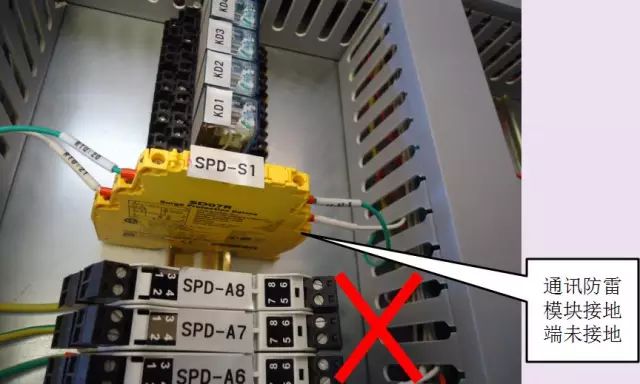
Anti-surge module grounding (3)

On-site explosion-proof box armor layer grounding, shielding layer connection

ZTTEK Batteries, For 5G backup base station .Customize the lithium ion battery packs according to the application and product requirements of the customers.
Lithium ion battery integration requires a special set of skill and expertise to optimize the performance and battery life.ZTTEK Batteries , using the most advanced technology delivers the best quality battery packs.
Our batteries are safe to use, better performance, higher shelf life and a very low maintenance cost.
48V200Ah Lithium Ion Battery,Lifepo4 Battery 48V 200Ah,Rechargeable Battery 48V 200Ah,48V 200Ah Lifepo4 Battery Pack
Jiangsu Zhitai New Energy Technology Co.,Ltd , https://www.zt-tek.com